Facts on Latinos in the U.S.
August 19, 2023

There were 62.5 million Latinos in the United States in 2021, accounting for approximately 19% of the total U.S. population. In 1980, with a population of 14.8 million, Hispanics made up just 7% of the total U.S. population.

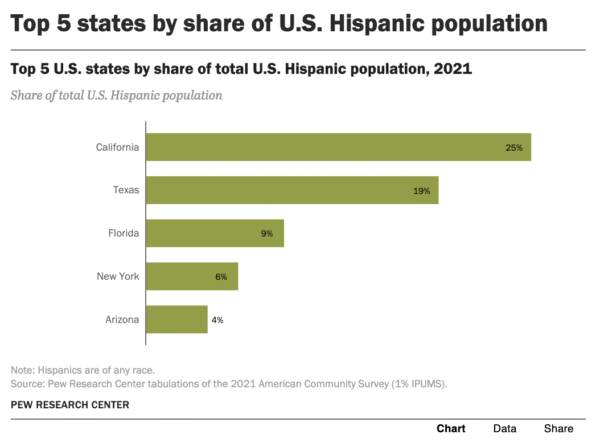
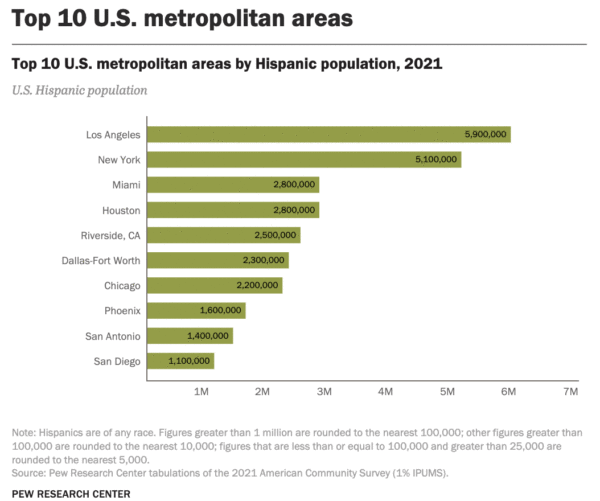
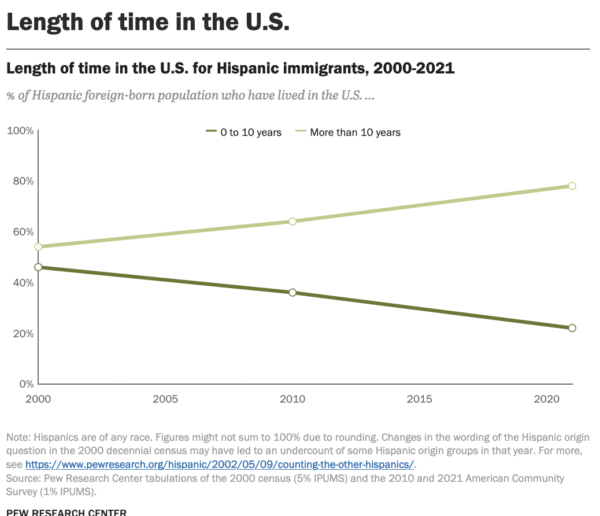
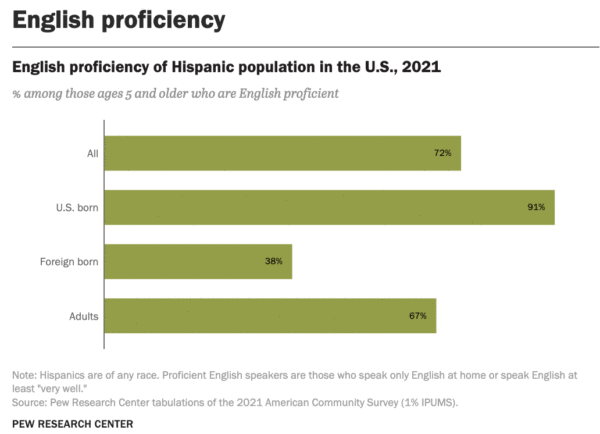

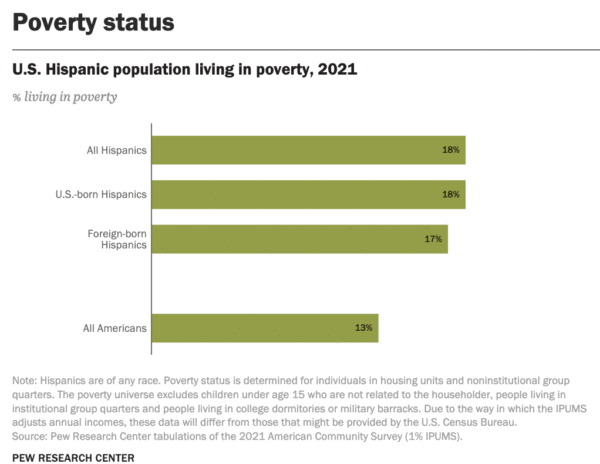
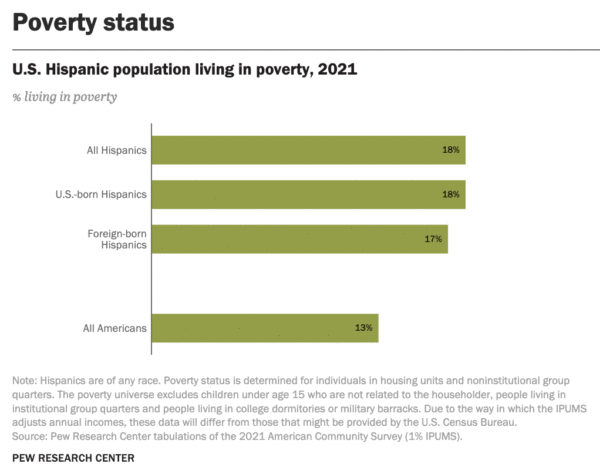


Note: Hispanics are of any race. The household population excludes persons living in institutions, college dormitories and other group quarters. Households are classified by the demographic characteristics of the head of the household. “Full-time, year-round workers” are defined as people ages 16 and older who usually worked at least 35 hours per week and at least 48 weeks in the past year. The share of the population ages 16 and older who are not employed differs from the unemployment rate because the share not employed is based on the total population, while the unemployment rate is based on those who are in the labor force (i.e., working or looking for work). Poverty status is determined for individuals in housing units and noninstitutional group quarters. It is unavailable for children younger than 15 who are not related to the householder, people living in institutional group quarters and people living in college dormitories or military barracks. Due to the way in which IPUMS assigns poverty values, these data will differ from those provided by the U.S. Census Bureau. Figures may not sum to 100% due to rounding.
Source: Pew Research Center tabulations of the 2021 American Community Survey (1% IPUMS).




























